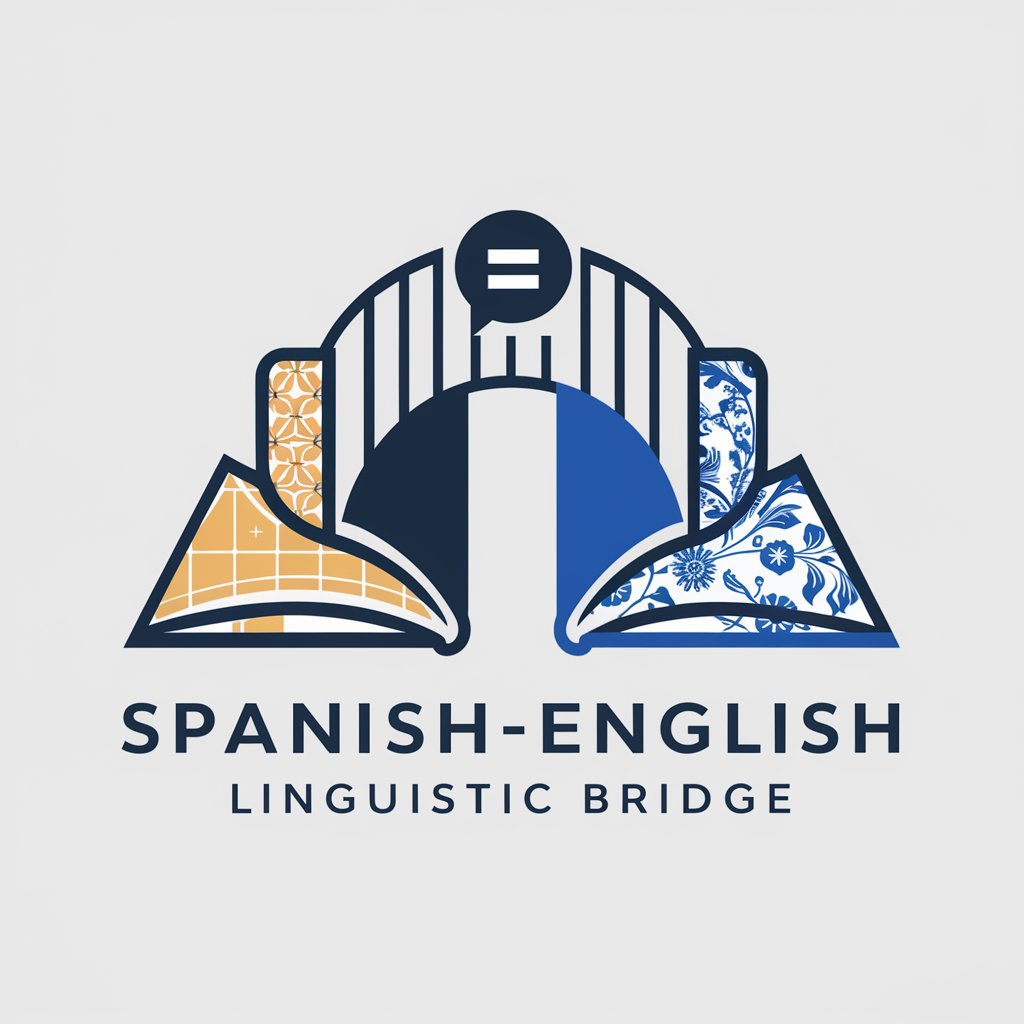
SEO Anchor Analysis - Anchor Text Evaluation

Welcome to SEO Anchor Analysis. Let's dive into some critical content evaluation.
Enhance your SEO with AI-powered Anchor Analysis
Analyze the relevance of anchor text in SEO content...
Evaluate how naturally the anchor text fits within the paragraph...
Assess the connection between the linked page and the anchor text...
Determine if the anchor text integration disrupts the article's flow...
Get Embed Code
Introduction to SEO Anchor Analysis
SEO Anchor Analysis is a specialized tool designed for evaluating anchor texts within online content. The primary goal is to assess how naturally these anchor texts integrate into the surrounding text, ensuring that they enhance the user experience and contribute positively to a website's search engine optimization (SEO). This involves scrutinizing the context of the anchor text, the paragraph it resides in, and the relevance and nature of the linked page. An example scenario where SEO Anchor Analysis is useful is when an SEO expert reviews a series of articles to detect whether the anchor texts are placed naturally and effectively contribute to topic relevance and authority. Powered by ChatGPT-4o。

Main Functions of SEO Anchor Analysis
Contextual Evaluation of Anchor Text
Example
Analyzing an anchor text like 'best organic dog food' within an article about pet nutrition to ensure it is contextually appropriate and not just a promotional insertion.
Scenario
In a blog about pet care, ensuring the anchor text leading to a product review fits organically within a discussion about nutrition rather than appearing abruptly or off-topic.
Link Destination Analysis
Example
Checking if a hyperlink with the anchor text 'latest technological trends' actually leads to a relevant and informative site rather than a sales-oriented page.
Scenario
In a technical blog post, ensuring that the hyperlinked content adds value to the reader’s understanding and aligns with the informational purpose of the article.
Assessment of Narrative Flow
Example
Evaluating whether a paragraph containing the anchor text 'learn more about solar energy' disrupts the flow of an article about renewable resources.
Scenario
During content creation, a writer ensures that the introduction of hyperlinks does not divert from the main narrative but rather supports and enhances the content.
Ideal Users of SEO Anchor Analysis Services
SEO Professionals
SEO experts who need to optimize content for better search engine ranking and user engagement would benefit from detailed analysis of how anchor texts are integrated within content.
Content Marketers
Content marketers aiming to improve the authority and relevance of their articles can use this analysis to ensure links and anchor texts support their content strategies effectively.
Digital Marketing Agencies
Agencies that manage multiple client websites can use SEO Anchor Analysis to audit and refine content across different domains, ensuring that all external and internal links contribute positively to SEO objectives.

How to Use SEO Anchor Analysis
1
Visit yeschat.ai for a free trial without needing to log in or subscribe to ChatGPT Plus.
2
Provide the full article text, either by pasting it directly, uploading the file, or providing the URL where the article is located.
3
Submit the paragraph that includes the anchor text. Ensure the paragraph shows the context around the anchor text for accurate analysis.
4
Identify the anchor text within the paragraph and input the URL linked by this anchor text.
5
Analyze the results to understand how the anchor text integrates with the surrounding content and the destination page's relevance and nature.
Try other advanced and practical GPTs
Emoji
AI-powered custom emojis for expression.

plantGPT
Cultivate green spaces with AI-driven native plant insights.

Senior Flutter Programmer
Powering Flutter Development with AI

Smart contract Wizard
AI-Powered Smart Contract Development

Spanish-English Linguistic Bridge
Bridging Languages with AI Power

travail de fin d'étude infirmier 2024
Empowering Nursing Research with AI

AMA
Revive Any Persona, Anytime

ShoppingGPT
Your AI-powered Shopping Expert

Code Bot
Empowering code excellence with AI

Market GPT
Empowering Decisions with AI

C# Guru
Master C# with AI-Powered Guidance

CP - Performance Gaps and Attribute Gained
Smart AI for Identifying Training Gaps

Frequently Asked Questions about SEO Anchor Analysis
What is SEO Anchor Analysis?
SEO Anchor Analysis is a tool designed to critically evaluate the naturalness and contextuality of anchor texts within articles. It helps identify unnatural, forced, or disconnected anchor placements that could affect SEO performance.
How does SEO Anchor Analysis improve SEO?
By ensuring that anchor texts are relevant, naturally integrated, and appropriately linked to the context of the surrounding content, the tool helps maintain the flow and coherence of articles, improving their search engine rankings.
Can I use SEO Anchor Analysis for any language?
While SEO Anchor Analysis is optimized for English, it can be adapted to work with other languages by manually adjusting the contextual analysis to fit the linguistic structure and nuances of the target language.
What types of links can I analyze with this tool?
The tool is capable of analyzing any web link within an article, including internal links, external links, promotional or commercial links, and educational or informational links.
Is there a limit to the size of the article I can analyze?
There is no strict limit, but for optimal performance and accuracy, it is recommended to analyze articles of up to 10,000 words. Larger texts might require segmentation for thorough analysis.





